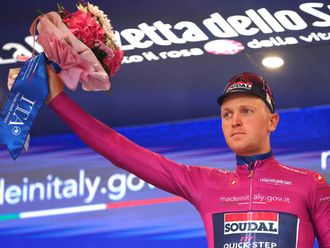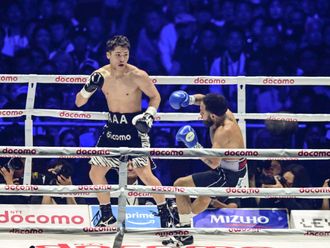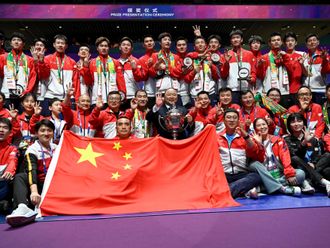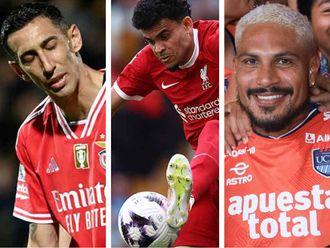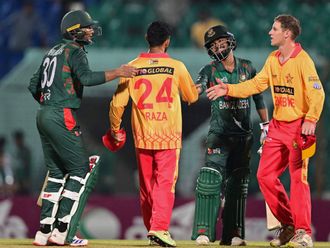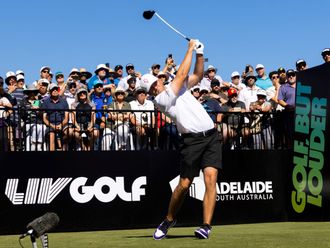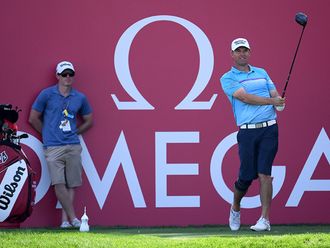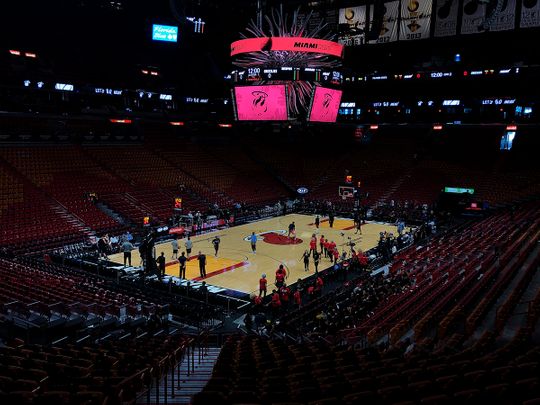
Nearly three months after the novel coronavirus pandemic brought the NBA to a screeching halt, professional basketball has officially set the framework for its return to the court.
The NBA’s Board of Governors voted Thursday to approve a plan that will see 22 teams continue the 2019-20 regular season in late July at a single-site campus in Orlando, according to people with knowledge of the decision who were not authorized to speak publicly.
The plan, which required a three-quarter majority and passed by a 29-1 margin, with the Portland Trail Blazers as the lone dissenting vote, will include the top nine teams from the Eastern Conference, including the Washington Wizards, and the top 13 teams from the Western Conference. The eight remaining teams will not participate given that they were well outside the playoff picture when NBA Commissioner Adam Silver indefinitely suspended the season on March 11.
All 22 teams will live and compete within a bubblelike environment at the ESPN Wide World of Sports Complex at Disney World, where contact with outsiders can be strictly limited. Each team will play eight additional regular season games as tuneups and to help determine playoff seeding and matchups. Games will begin on July 31 and continue into October without fans in attendance. Teams will begin gathering for training camps in their home markets later this month.
The NBA will utilize its standard 16-team playoff format that sees the top eight teams from each conference competing in four best-of-seven rounds to crown a champion. However, in a new wrinkle, the league could use a play-in round to finalize the field.
At the end of the additional eight regular season games, the top seven teams from each conference will have their seeds locked. If the eighth seed in either conference holds more than a four-game lead over the ninth seed, it, too, will advance automatically. If not, the eighth seed will proceed to a play-in round against the ninth seed to claim the final playoff spot. To advance, the eighth seed would need to beat the ninth seed only once, while the ninth seed would need to win two consecutive games.
This format tweak accomplishes a few goals: it adds a jolt of intrigue at the start of the resumed season, it allows the league to increase its television inventory, and it ensures that Zion Williamson, the Pelicans’ immensely popular rookie, will compete. The play-in round provides a path to the playoffs for six teams that were on the outside looking in back in March — the Wizards, New Orleans Pelicans, Blazers, Sacramento Kings, San Antonio Spurs and Phoenix Suns — while still favoring the incumbent eighth seeds with the single/double elimination play-in format.
The NBA’s return-to-play process has unfolded in unusual fashion. Silver has been virtually invisible since a news conference in April, when he declared that the league’s return would be dictated by “the data and not the date.” While the commissioner said in April that his decision-making would be chiefly influenced by a drop in coronavirus case counts, an increase in nationwide testing, and the possibility of a vaccine, the national health crisis remains unresolved. Yet the NBA, which is facing billions of dollars in lost revenue with shuttered arenas and no games on television, its players and Disney have moved forward regardless.
While Las Vegas, site of the NBA’s annual summer league, initially seemed to be the preferred destination, the ESPN Wide World of Sports Complex eventually won out thanks to its relative isolation, its bevy of sports facilities and on-site hotel accommodations. Disney’s close ties with the NBA were a key factor, as the company’s chairman addressed the league’s governors in April.
The NBA’s announcement comes as many prominent players, past and present, speak out and participate in protests following the death of George Floyd in Minnesota last week. Although the league has cultivated a reputation as a socially conscious organization throughout Silver’s tenure, the timing has struck some observers, and at least one player, as inopportune.
“Everything going on right now . . . [basketball] is NOT IMPORTANT,” Los Angeles Clippers guard Patrick Beverley wrote on Twitter.
By taking a deliberate approach initially in response to the coronavirus, the NBA was able to monitor the returns of overseas sports leagues and wait for local jurisdictions to loosen restrictions that enabled teams to reopen their practice facilities. But with the need for multiple weeks to prepare teams to play games and the summer calendar beginning to slip away, the NBA had to make a decision. Any additional delay risked further compromising the 2020-21 season.
Meanwhile, President Donald Trump has previously expressed hope for sports leagues to return.
“Government can’t wait until the NBA [starts] the season back,” Brooklyn Nets forward Wilson Chandler wrote on Twitter. “Need a distraction from the [expletive] that’s going on. Always in need of distractions.”
At least 10 players, including Nets star Kevin Durant, and Knicks owner James Dolan have tested positive for the coronavirus. The NBA, which provided extensive instructions to teams on how to safely reopen their practice facilities, has yet to reveal the details of its health protocols for the resumed season. Multiple people with knowledge of the situation expect those sets of guidelines to be released in the near future, though players have been left with the impression that a positive test would require a player to self-isolate while play continued without him. The National Basketball Players Association will meet Friday to discuss the approved return-to-play framework.
The NBA has yet to announce its plans for independent media coverage of the campus environment. Shortly before the March shutdown, the NBA adopted emergency media guidelines that prevented reporters from entering locker rooms and required social distancing during interviews.


